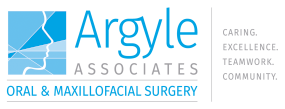Procedures
Cleft Lip & Cleft Palate Surgery


Cleft Lip & Cleft Palate Surgery
Surgery serves as a corrective measure for cleft lip and palate, conditions that arise due to the failure of fetal lip or palate fusion. These clefts may manifest on one or both sides of the face, necessitating timely and comprehensive intervention. Notably, these birth defects can affect individuals independently or simultaneously. The anticipated fusion of the sides of the lip and/or the roof of the mouth (palate) during fetal development fails to occur as expected, leading to facial deformities. Ensuring optimal outcomes for individuals impacted by cleft lip and palate requires specialized surgeons collaborating on individualized treatment plans and providing ongoing support through regular post-surgery follow-ups.
What problems are associated with cleft deformities?
Cleft lip and palate conditions pose significant functional and aesthetic challenges in the mouth, nose, and face, impacting speech, feeding, and hearing. These issues necessitate comprehensive evaluation and targeted interventions to address both functional and cosmetic aspects.
At what age can cleft deformities be treated?
The age for correction depends on the severity of the cleft and type of cleft.
Correcting an alveolar cleft is usually performed between ages 6 to 9. If the surgery is conducted when the child is younger than this, the scar tissue that forms during healing will interfere with the normal development of the face.
- Frequency: cleft deformities occur in about 1-2 births per thousand in the developed world.
- Gender Differences: Cleft lip is twice as common in males than females. Cleft palate is more common in females.
- Statistics: 75% of patiens with cleft lip and palate have an alveolar cleft defect.
